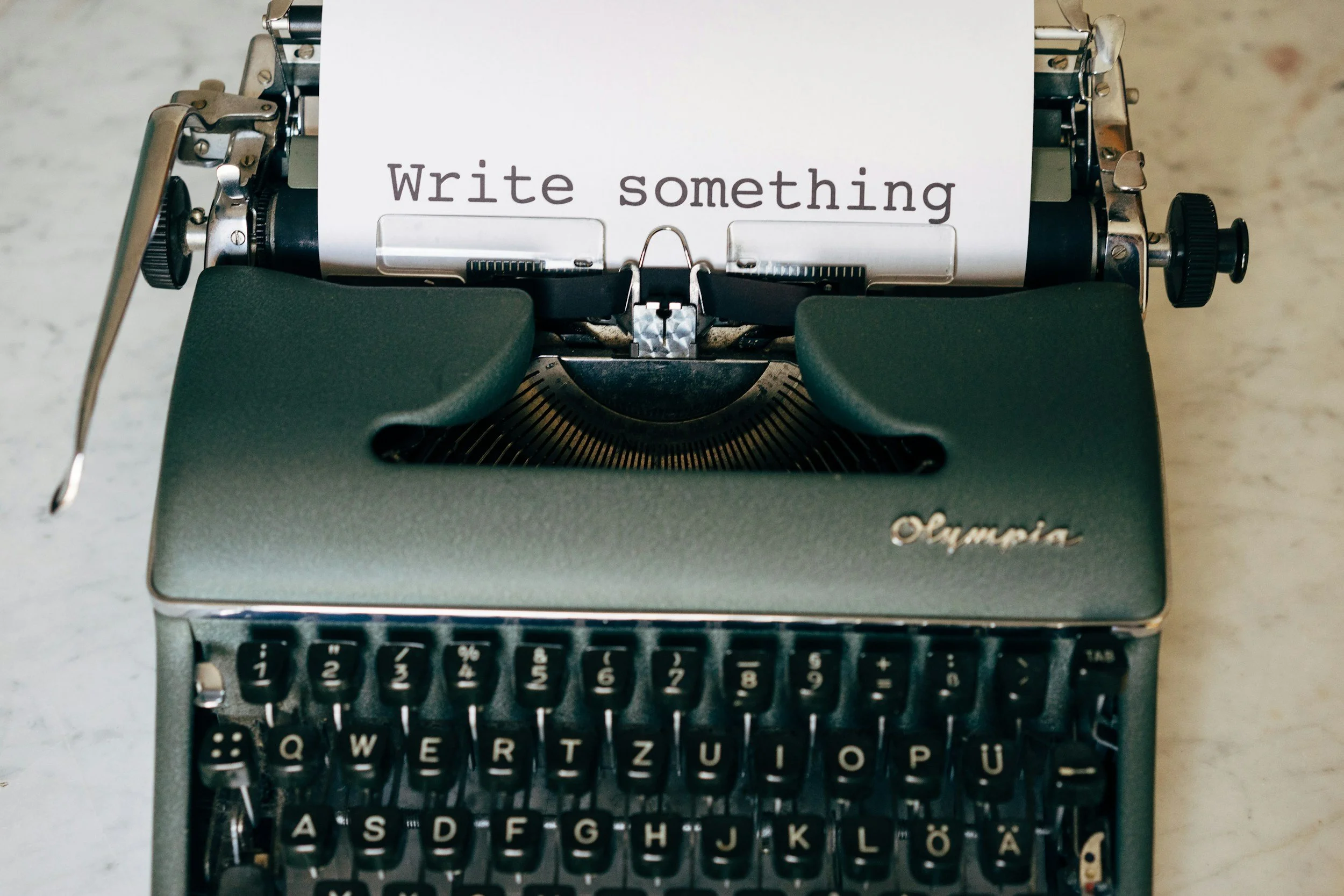Why You Should Finish the Draft Before You Edit
One of the most common mistakes new writers make, and one of the hardest writing habits to break, is editing while drafting.
It’s a temptation every author faces. You finish a few paragraphs, notice a clunky sentence or weak description, and your first impulse is to stop and polish that bit until it shines.
Combining drafting and editing feels productive; responsible, even. But if you want to write internally consistent books with professional speed, the best way is to learn one rule: Draft first, edit later.
Many writeres misinterpret that advice as “Don’t fiddle too much.” But what it really means is committing to writing an entire draft from start to finish before you touch a single sentence for revision. Once your whole draft is done, put it aside for a week or two. Then, and only then, should you return to it wearing your editor hat.
Why practice such discipline? Because drafting and editing are two entirely different processes that use different parts of your brain.
Your goal while drafting is creation; you’re telling yourself the story for the first time. The key here is momentum. You’re generating prose, solving story problems, and letting the characters take shape on the page. In short, drafting is intuitive, right-brained work. It thrives on flow.
Editing, on the other hand, is analytical. This is when your left brain takes the wheel and shifts gears from creation to correction. You back up to get a wider view and evaluate what you’ve made. Does the plot work? Do the character arcs close in satisfying ways?
Trying to draft and edit at the same time is like driving with one foot on the gas and the other on the brake. You’ll stall and never gain momentum. Worse, you’ll throttle your creativity by second-guessing every choice before it’s really tested.
That’s why it’s vital to finish a full draft before beginning edits. You need the whole picture to make meaningful improvements. Developmental editing; big picture editing, can only be done when you know how the story ends.
Imagine trying to evaluate a bridge’s stability while it’s still under construction. You can’t test its strength until it’s complete. The same goes for fiction. You can’t diagnose pacing issues, foreshadowing gaps, or inconsistent tone when half the book doesn’t exist yet. You need to have the connective tissue between scenes and chapters in place; otherwise, you’re left guessing.
Stepping away from the finished draft is equally important. After typing “The End,” walk away. Let the pie cool on the window sill for a week or two. Don’t reread it, don’t open the file; don’t even think about it.
Distance gives you perspective. When you return, you’ll see what’s actually on the page; not what you remember writing. The emotional attachment will fade just enough to let you see the flaws clearly. You’ll spot plot holes, scenes that drag, characters that don’t work, and dialogue that feels unnatural. You’ll also recognize the gems you shouldn’t over-polish into dust.
If you jump into edits immediately, you’ll be too close to that gem to see all its facets. You’ll still be thinking like a drafter, chasing inspiration instead of clarity. That’s how authors catch Infinite First Draft syndrome, rewriting the same chapter twenty times and never finishing the book.
This separation of drafting and editing instills the practicality that develops professionalism. Every successful author works this way.
Here’s how the workflow should look:
Draft the entire manuscript. No self-editing beyond obvious typos
step away for 1-2 weeks
return with an editor’s mindset; read through the whole MS once, taking notes without making any fixes
perform the developmental edit, addressing big-picture issues like plot holes, choppy pacing, incoherent structure, and inconsistent motivation
do your line edits last, polishing your prose only after the story works.
Each phase requires a different mindset and skillset. You can’t do developmental editing effectively without a complete draft; you can’t line edit a story that hasn’t yet taken shape.
Writing is a craft, not an act of perpetual inspiration. And like any craft, it requires following repeatable processes with discipline. The habit of separating creation from correction will make your writing stronger and make you far more productive.
Respect both stages, and you’ll move beyond polishing fragments to start finishing books.
The highly anticipated campaign for Book III in my record-breaking Arkwright Cycle launches this Thursday! Follow the BackerKit now to get an exclusive bonus pdf of SoE Chapter 1!
Brian Niemeier is a best-selling novelist, editor, and Dragon Award winner with over a decade in newpub. For direct, in-person writing and editing insights, join his Patreon.



